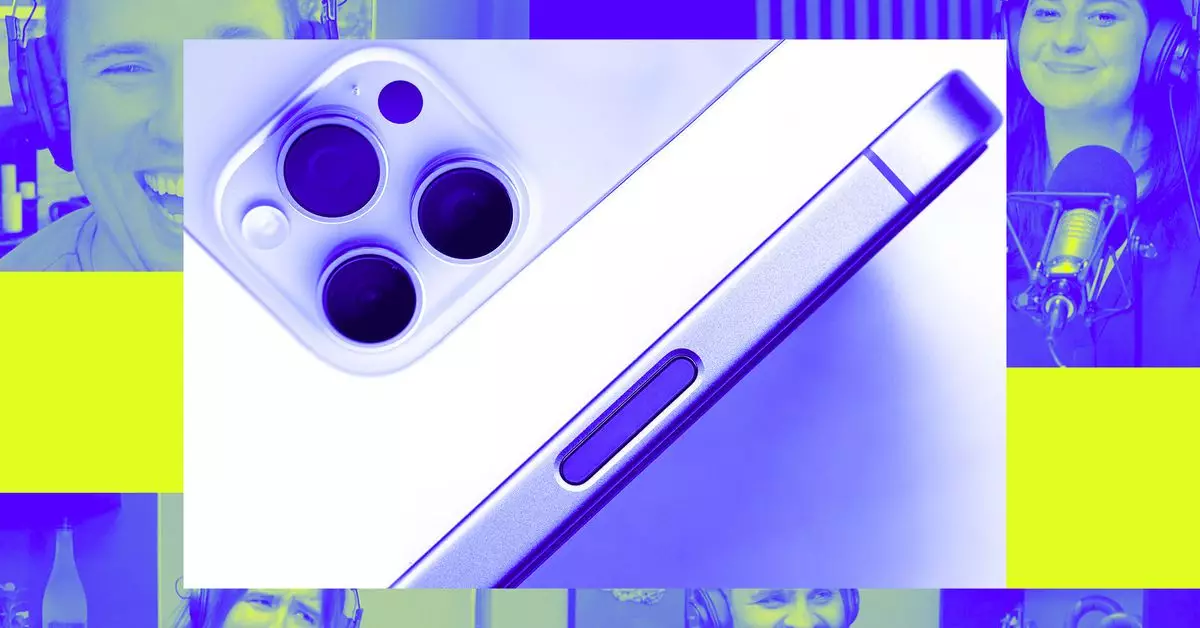The arrival of the iPhone 16 has triggered a wave of discussions among tech enthusiasts, but this latest model brings very few surprises. In an era characterized by radical innovations, the new iPhone seems to reflect the diminishing returns of smartphone evolution. Apple continues to deliver a high-quality product with reliable features, yet many users are left pondering the excitement of previous launches. Gone are the groundbreaking changes that once accompanied each new iteration, replaced instead with improvements that feel almost expected. While the iPhone 16 performs admirably, perfecting what already exists rather than reinventing the wheel doesn’t carry the same thrill as its predecessors.
Interestingly, in conversations about the iPhone 16, artificial intelligence (AI) plays a more pronounced role. One intriguing development is the emergence of Joannabot, an AI chatbot dedicated to answering questions about the iPhone. Developed by Joanna Stern of The Wall Street Journal, this bot imitates the experience of seeking advice from a tech expert. By utilizing Joannabot, users can obtain information about the iPhone 16 in a way that feels almost tailored to individual inquiries. This raises questions about the nature of product knowledge in the age of AI; could we rely entirely on these intelligent tools to understand our gadgets? The potential for AI to fill gaps in consumer knowledge is enormous, yet this reliance might also dilute the human touch.
Exploring the Newest Gadgets
Alongside the iPhone discussion, tech news is buzzing with updates about various gadgets, including the fifth generation of Snap Spectacles. Unlike the iPhone, which has settled into a predictable rhythm, these augmented reality (AR) glasses aim to push the boundaries of user interaction. Tech enthusiasts are scrutinizing whether the design advancements and incorporated technologies offer genuine utility or if they veer into the territory of novelty. This evaluation highlights a critical juncture for gadget makers: how to balance innovative design with functional practicality in a market saturated with AR solutions.
As we witness these advancements and shifts in technology, it’s critical to consider the broader implications of a landscape increasingly populated by bots and AI. Almost every company seems to be unveiling new AI-driven solutions, from social media platforms to content creation tools. This trend raises concerns about the authenticity of user experiences, as interactions may become dominated by algorithms rather than genuine human engagement. The emergence of social networks filled with bots instead of real users could make it difficult to discern valuable connections in a technology-driven world.
Final thoughts paint a complex picture of where consumer tech is heading. While the iPhone 16 delivers reliability, the character of tech innovation appears to be changing, favoring AI and augmented experiences over the once-celebrated breakthroughs of the past. The challenge ahead lies in reinvigorating the excitement that technology can evoke while navigating this shifting terrain.

